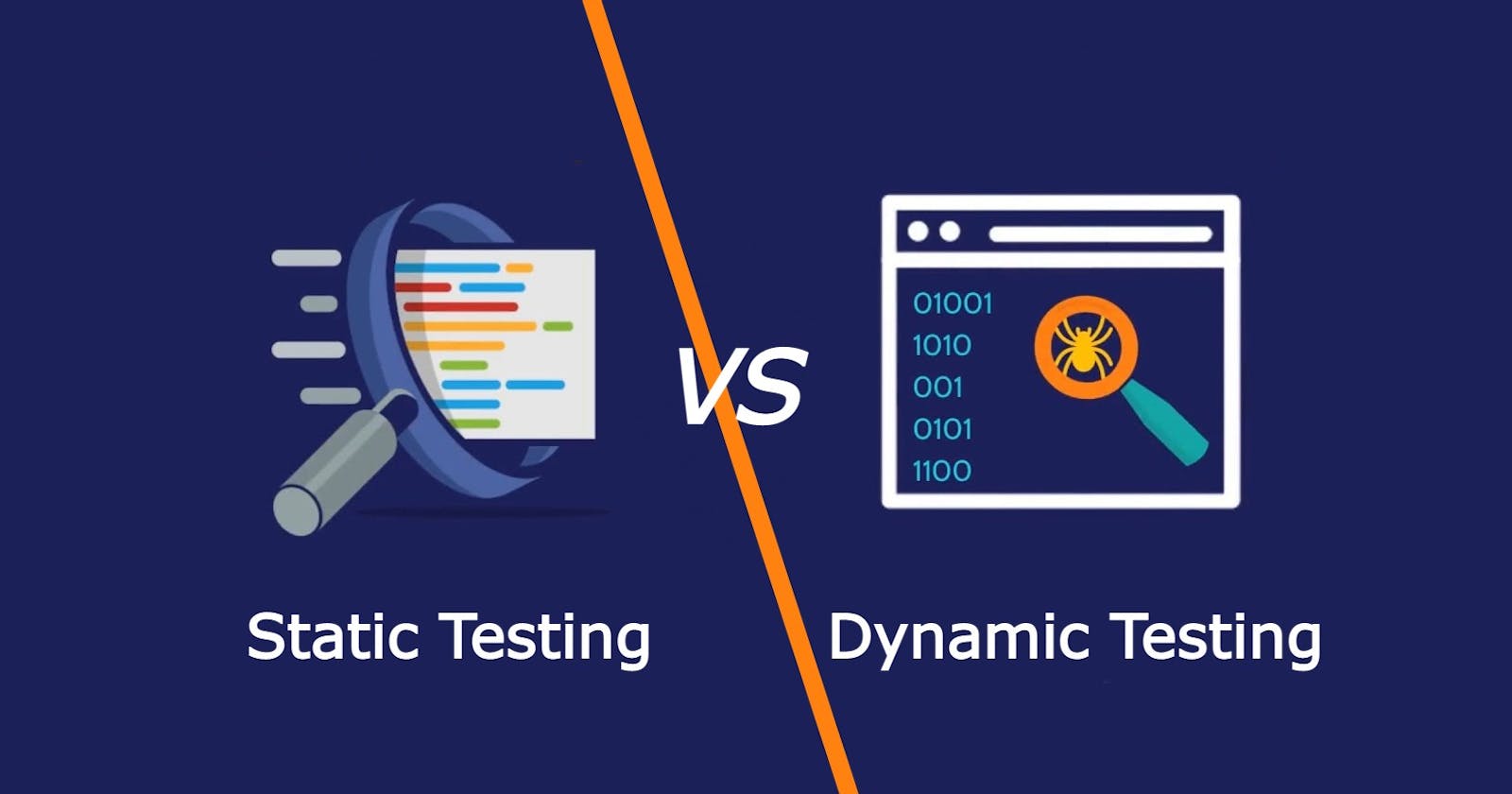There are different testing techniques to effectively carry out the testing process. Each of those techniques can be classified as Static Testing and Dynamic Testing. Static testing is the verification while dynamic testing is part of the validation process. In this article, we are going to learn more about both processes. So, let’s start.
What is Static Testing?
Static Testing is a form of software testing where the actual program or application is not used (done without executing the program). It can be done manually or by a set of tools.
This type of testing checks the code, requirement documents, and design documents and puts review comments. And it is performed during an initial phase of testing to catch errors early in STLC it is also called Verification Testing. The main objective of static testing is to improve the quality of software applications by finding software errors in the early stages of the software development process.
Types of Static Testing
Technical Reviews: A team reviews the technical specification of the software product and checks whether it is suitable for the project and concentrates mainly on the technical documentation related to the software such as Test Strategy and Test Plan.
Informal Reviews: This is a type of review that doesn’t follow any process to find errors in the document. Under this technique, you just review the document and give informal comments on it.
Walkthrough: The author of the work product explains the product to his team and they can ask questions if any. A meeting is led by the author and results are noted down on a paper or a presentation media.
Inspection: The main purpose is to find errors and the meeting is led by a moderator. It follows a strict process to find the defects. Reviewers have a checklist to review the work products. They record the defect and inform the participants to rectify those errors.
Static code Review: This is a systematic review of the software source code without executing the code. It checks the syntax of the code, coding standards, code optimization, etc. This review can be done at any point during development manually or with automation tools.
What is Dynamic Testing?
Dynamic Testing is a type of Software Testing that is performed to analyze the dynamic behavior of the code (a code is executed). It can be done manually or with automation tools.
This type of testing is for the functional behavior, input values, and output values of the software. The main objective of this testing is to confirm that the software product works in conformance with the business requirements. This testing is also called an Execution technique or Validation Testing.
Types of Dynamic Testing:
Unit testing: Unit testing is the process of testing individual software components or “units” of code to ensure that they are working as intended. Unit tests are typically small and focus on testing a specific feature or behavior of the software.
Integration testing: Integration testing is the process of testing how different components of the software work together. This level of testing typically involves testing the interactions between different units of code, and how they function when integrated into the overall system.
System testing: System testing is the process of testing the entire software system to ensure that it meets the specified requirements and is working as intended. This level of testing typically involves testing the software’s functionality, performance, and usability.
Acceptance testing: Acceptance testing is the final stage of dynamic testing, which is done to ensure that the software meets the needs of the end users and is ready for release. This level of testing typically involves testing the software’s functionality and usability from the perspective of the end user.
Performance testing: Performance testing is a type of dynamic testing that is focused on evaluating the performance of a software system under a specific workload. This can include testing how the system behaves under heavy loads, how it handles a large number of users, and how it responds to different inputs and conditions.
Security testing: Security testing is a type of dynamic testing that is focused on identifying and evaluating the security risks associated with a software system. This can include testing how the system responds to different types of security threats, such as hacking attempts, and evaluating the effectiveness of the system’s security features.

